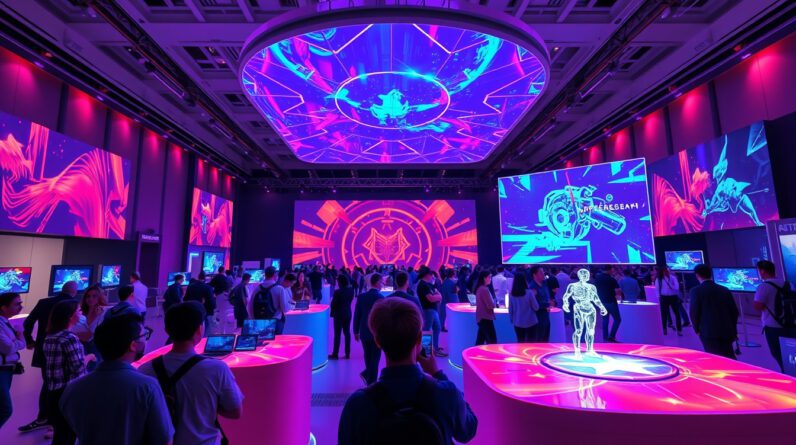
China Dismantles Nvidia Graphics Cards to Develop Its Own AI During Chip Shortage
Amid a global chip shortage, China is seizing the opportunity to advance its technological ambitions by dismantling Nvidia graphics cards to foster the development of its own AI capabilities. The chip shortage, caused by various factors including pandemic-induced supply chain disruptions and increased demand for electronics, has compelled nations like China to re-evaluate their dependencies on foreign technology and move towards self-reliance.
The Chip Shortage Crisis
In recent years, the worldwide demand for semiconductors has surged, driven by the proliferation of consumer electronics, electric vehicles, and IoT devices. However, the industry has been unable to keep pace due to manufacturing bottlenecks, geopolitical tensions, and supply chain vulnerabilities exposed by the pandemic. As a result, major sectors, including automotive and electronics, have faced production delays, prompting countries to rethink their semiconductor strategies.
China’s Strategic Shift
China, already a major player in electronics manufacturing, is taking proactive steps to address the chip shortage by focusing on indigenous development. By leveraging Nvidia graphics cards, known for their powerful computing capabilities necessary for AI and machine learning, China aims to dissect and understand the intricate design and technology. This knowledge is crucial for developing domestic AI processors and reducing reliance on Western technology firms.
Decoding Nvidia’s Expertise
Nvidia, an industry leader in graphics processing units (GPUs), provides hardware that is essential for running complex AI algorithms, making their products highly sought after worldwide. By dismantling Nvidia’s GPUs, Chinese researchers and engineers can examine the architecture and processing techniques that set these products apart in the AI domain. This reverse-engineering process is intended not only to gain insights but also to explore competitive advantages for developing homegrown solutions.
The Long Road to Self-Sufficiency
China’s ambition to become a self-reliant technology powerhouse is not a novel endeavor. For years, the nation has been investing in its semiconductor industry, heavily funding R&D, and nurturing local talent. While significant progress has been made, transitioning from research and development to large-scale production remains challenging. The dismantling of Nvidia’s graphics cards is just one chapter in the larger narrative of China’s quest for technological independence.
Global Implications
China’s strides towards developing its own AI hardware could have significant geopolitical implications. As countries push for technological sovereignty, trade dynamics, particularly in the tech sector, are likely to shift. Companies worldwide may face new competitive pressures as emerging technologies alter market landscapes and intellectual property becomes increasingly valuable.
The Future of AI Development
The immediate challenge posed by the chip shortage might accelerate technological innovation and diversification in the semiconductor industry. By grasping the essence of Nvidia’s innovations, China demonstrates a commitment to not only overcoming present obstacles but also setting a foundation for future advancements in AI technology.
While the world grapples with the widespread implications of the chip crisis, China’s efforts to develop its own AI capabilities reflect a broader trend towards technological diversification and self-sufficiency. As nations continue to build resilience in their tech sectors, the future of global technology development remains dynamic and unpredictable.




